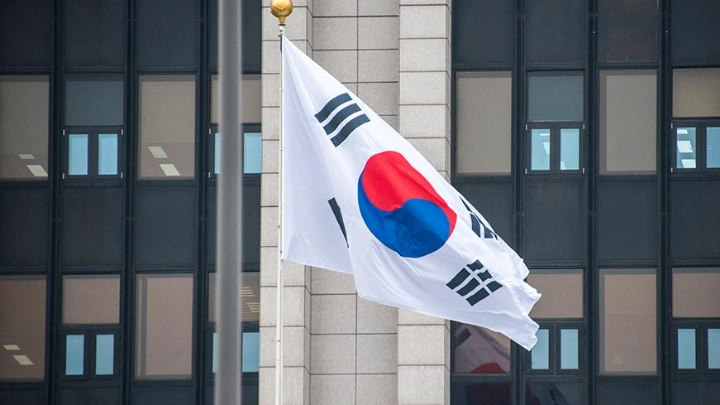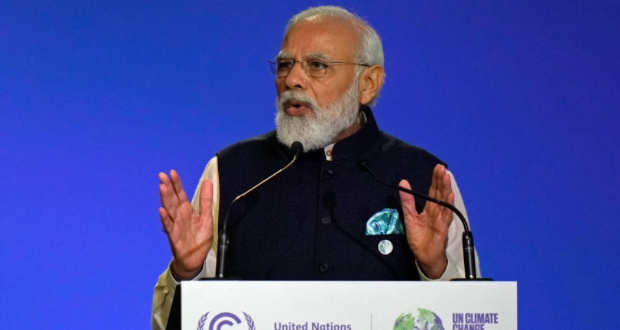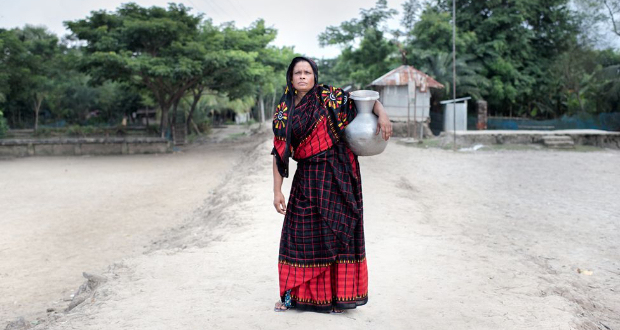The East Asian region is experiencing a population crunch, threatening its economic and geostrategic competitiveness. Among the major economies of East Asia, South Korea has both the region and the world’s lowest fertility rate. In 2023, South Korea’s Total Fertility Rate (TFR, the average number of children a woman will have in her reproductive age) stood at 0.72, well below the replacement level of 2.1 required to maintain a healthy and stable population. This decline has severe implications for South Korea’s sustainable economic growth. However, the birth dip is also becoming a serious national security issue, affecting conscription and military preparedness. Therefore, amidst the intensifying security competition in Northeast Asia, it becomes important to understand the national security implications of this issue.
Among the major economies of East Asia, South Korea has both the region and the world’s lowest fertility rate.
Demographic decline and national security
South Korea’s low TFR has several consequences, such as an ageing population, slower economic growth, and high healthcare costs. These declining demographics also have serious national security implications: they influence sources of future conflict, affect national power, and change the nature of conflict. Moreover, the shrinking population threatens South Korea’s military preparedness. These concerns are amplified due to its economic status and strategic geography. As a result, to offset the effects of its low TFR, the country has maintained fully-staffed armed forces, as it technically still remains at war with its neighbour—North Korea. As per its law, all able-bodied men over 19 are “obliged to serve in the military” for at least 18 months, whereas women can serve voluntarily.




